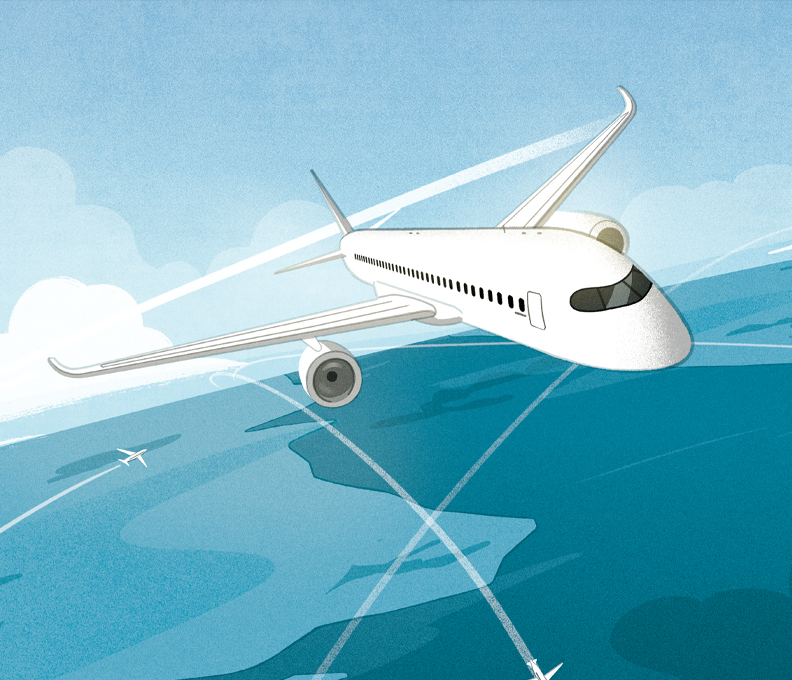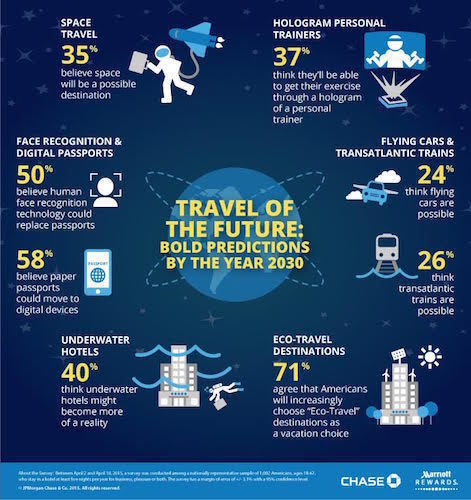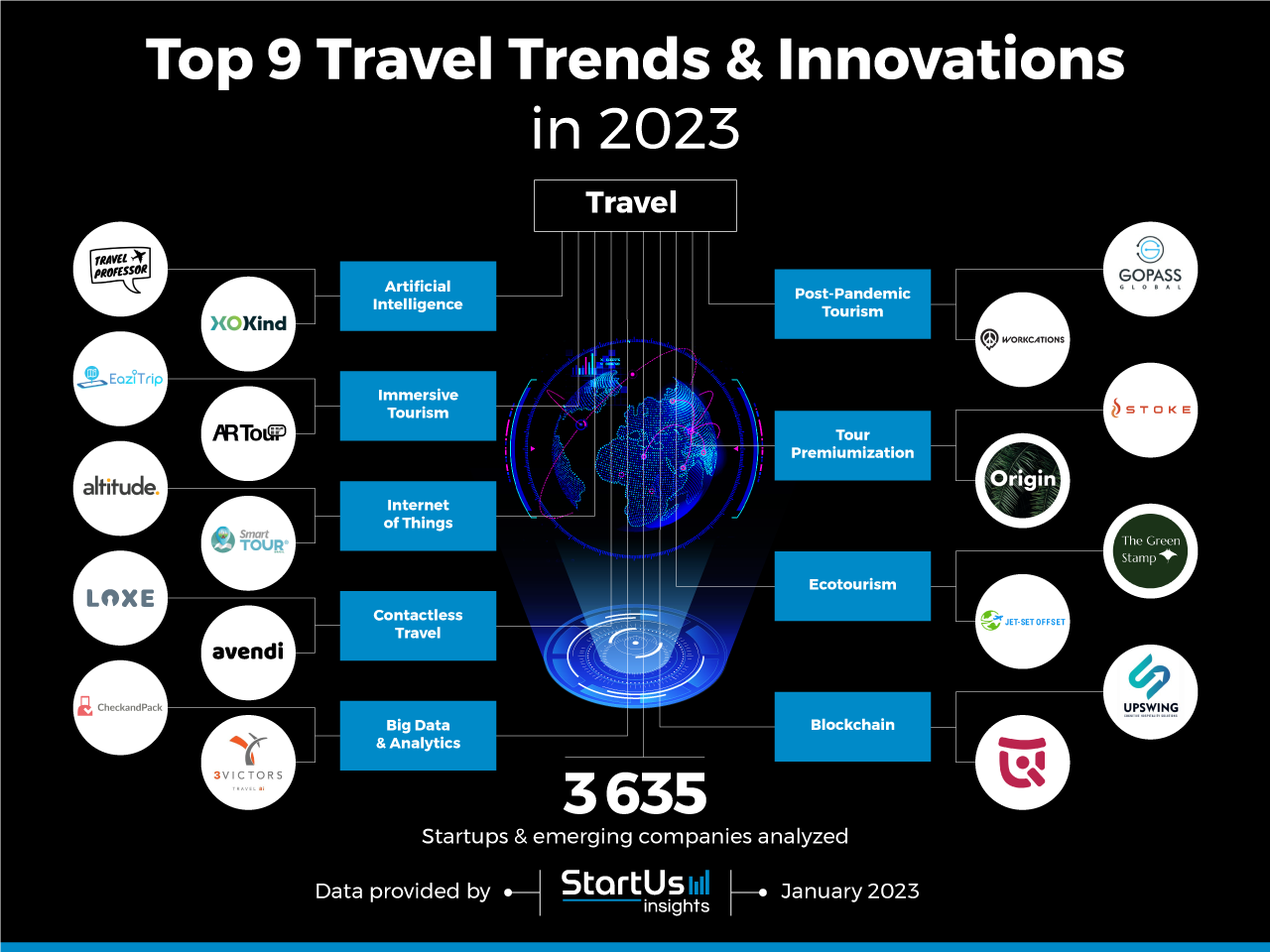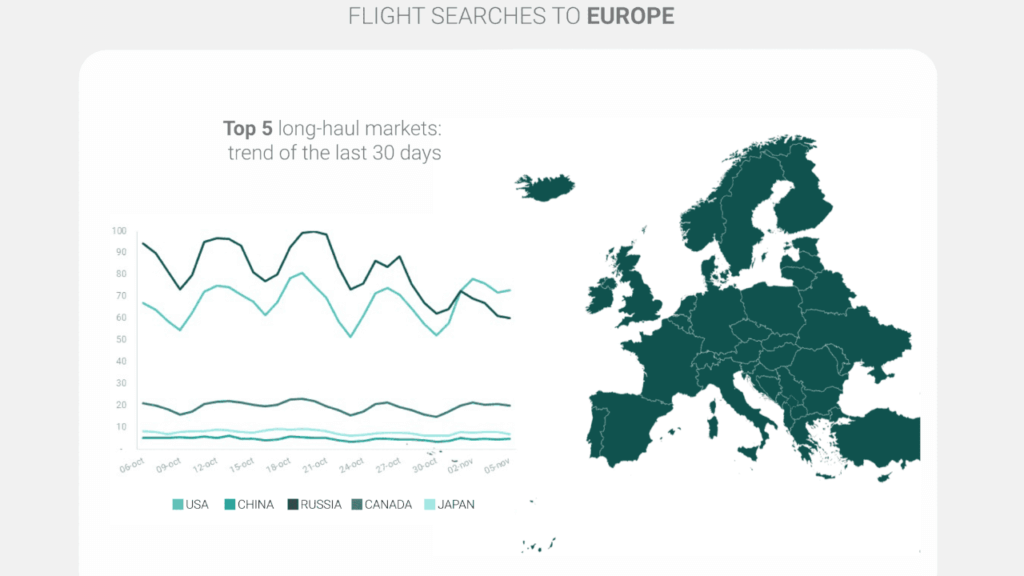The Future of Long-Haul Travel: Trends and Insights for 2025
Related Articles: The Future of Long-Haul Travel: Trends and Insights for 2025
Introduction
In this auspicious occasion, we are delighted to delve into the intriguing topic related to The Future of Long-Haul Travel: Trends and Insights for 2025. Let’s weave interesting information and offer fresh perspectives to the readers.
Table of Content
The Future of Long-Haul Travel: Trends and Insights for 2025

The travel industry is constantly evolving, driven by technological advancements, shifting consumer preferences, and global events. As we look towards 2025, long-haul travel is expected to undergo significant transformations, offering a unique blend of accessibility, sustainability, and personalized experiences. This article delves into the key trends shaping the future of long-haul travel, exploring the benefits, challenges, and potential impact on the industry.
Emerging Trends in Long-Haul Travel for 2025
1. The Rise of Sustainable Travel:
Sustainability is no longer a niche concern; it’s a core value for a growing segment of travelers. In 2025, long-haul trips will increasingly prioritize eco-friendly practices. This includes:
- Biofuel-powered flights: Airlines are actively researching and implementing biofuels derived from sustainable sources, reducing carbon emissions.
- Carbon offsetting programs: Travelers can contribute to environmental conservation by offsetting the carbon footprint of their flights through various initiatives.
- Eco-conscious accommodations: Hotels and resorts are adopting sustainable practices, such as energy-efficient designs, water conservation, and local sourcing of food.
- Responsible tourism: Travelers are seeking out experiences that minimize their environmental impact and support local communities.
2. Personalized Travel Experiences:
Technology is enabling travelers to craft highly personalized itineraries. In 2025, expect to see:
- AI-powered travel planning: AI algorithms analyze travel preferences, budget, and interests to create customized itineraries.
- Virtual reality (VR) and augmented reality (AR) experiences: Immersive technologies allow travelers to virtually explore destinations before booking, enhancing the planning process.
- Hyper-personalized travel services: From curated dining recommendations to tailored sightseeing tours, travel companies are offering hyper-personalized services.
- On-demand travel services: Travelers can access various services on-demand, including transportation, accommodation, and activities, through mobile apps.
3. The Growth of Multi-generational Travel:
Family travel is evolving, with multi-generational trips becoming increasingly popular. In 2025, long-haul travel will cater to the needs of diverse age groups:
- Multi-generational itineraries: Travel companies are designing itineraries that cater to the interests of all generations, from grandparents to grandchildren.
- Accessible travel options: Destinations and accommodations are becoming more accessible to travelers with disabilities and mobility challenges.
- Family-friendly activities: Long-haul destinations are offering a wider range of activities and attractions suitable for families with children of various ages.
4. The Advancements in Technology:
Technology is transforming every aspect of travel, making long-haul journeys smoother and more enjoyable.
- Biometric security: Airports are utilizing facial recognition and other biometric technologies to streamline security checks.
- Smart luggage: Luggage equipped with GPS tracking, built-in scales, and charging capabilities enhances convenience and security.
- In-flight entertainment: Advanced in-flight entertainment systems offer a wider range of content and personalized experiences.
- High-speed Wi-Fi: Passengers can stay connected and productive throughout their journey with high-speed Wi-Fi connectivity.
5. The Rise of Boutique and Niche Travel:
Travelers are seeking authentic and unique experiences beyond mass tourism. In 2025, long-haul travel will see a rise in:
- Boutique hotels and resorts: Smaller, independent properties offer personalized service and local experiences.
- Niche travel experiences: Travelers are seeking out specialized experiences, such as culinary tours, adventure travel, and cultural immersion programs.
- Off-the-beaten-path destinations: Travelers are venturing beyond popular tourist destinations to explore lesser-known locations.
Benefits of Long-Haul Travel in 2025
- Increased accessibility: Advancements in technology and infrastructure are making long-haul travel more accessible to a wider range of travelers.
- Enhanced travel experiences: Personalized itineraries, immersive technologies, and unique experiences enhance the overall travel experience.
- Economic benefits: Long-haul travel contributes to economic growth in both origin and destination countries, supporting local businesses and communities.
- Cultural exchange: Long-haul travel fosters cultural understanding and appreciation between different cultures.
Challenges of Long-Haul Travel in 2025
- Environmental impact: The carbon footprint of long-haul travel remains a significant concern.
- Security and safety: Ensuring the safety and security of travelers is paramount, especially in the context of global events.
- Accessibility for all: Ensuring that long-haul travel is accessible to all travelers, regardless of their abilities, is a crucial challenge.
- Economic disparity: The cost of long-haul travel can be prohibitive for some travelers, creating economic disparity.
FAQs on Long-Haul Travel in 2025
1. What are the most popular long-haul destinations in 2025?
The most popular destinations will likely include destinations known for their cultural richness, natural beauty, and unique experiences. Examples include:
- Southeast Asia: Thailand, Vietnam, Cambodia, and Indonesia offer diverse cultures, stunning landscapes, and affordable travel.
- South America: Peru, Brazil, and Argentina are popular for their ancient ruins, vibrant cities, and breathtaking natural wonders.
- Australia and New Zealand: These countries offer diverse landscapes, wildlife encounters, and unique cultural experiences.
- Africa: Safari destinations in Kenya, Tanzania, and South Africa offer incredible wildlife encounters.
- Europe: European cities like Paris, Rome, and London continue to attract travelers with their rich history, culture, and art.
2. How can I reduce my carbon footprint when traveling long-haul?
- Choose airlines with sustainable practices: Look for airlines that are investing in biofuels and carbon offsetting programs.
- Offset your carbon emissions: Contribute to environmental conservation by offsetting the carbon footprint of your flight.
- Travel during off-peak seasons: Avoid peak travel periods to reduce air traffic and congestion.
- Choose eco-friendly accommodations: Opt for hotels and resorts that implement sustainable practices.
- Travel responsibly: Respect local customs, minimize waste, and support local businesses.
3. What are the technological advancements that will impact long-haul travel in 2025?
- Biometric security: Airports are utilizing facial recognition and other biometric technologies to streamline security checks.
- Smart luggage: Luggage equipped with GPS tracking, built-in scales, and charging capabilities enhances convenience and security.
- In-flight entertainment: Advanced in-flight entertainment systems offer a wider range of content and personalized experiences.
- High-speed Wi-Fi: Passengers can stay connected and productive throughout their journey with high-speed Wi-Fi connectivity.
- Virtual reality (VR) and augmented reality (AR) experiences: Immersive technologies allow travelers to virtually explore destinations before booking, enhancing the planning process.
4. How can I find personalized travel experiences in 2025?
- Utilize AI-powered travel planning tools: AI algorithms analyze your preferences to create customized itineraries.
- Explore VR and AR experiences: Immersive technologies allow you to virtually explore destinations before booking.
- Seek out hyper-personalized travel services: Travel companies are offering curated dining recommendations, tailored sightseeing tours, and other personalized services.
- Connect with local travel experts: Local guides and travel agencies can provide insights into off-the-beaten-path experiences and authentic cultural encounters.
Tips for Planning Long-Haul Travel in 2025
- Plan ahead and book in advance: Secure flights and accommodations early, especially for popular destinations during peak seasons.
- Consider travel insurance: Protect yourself against unexpected events, such as flight delays, cancellations, and medical emergencies.
- Pack light and efficiently: Minimize luggage weight to avoid excessive baggage fees and navigate airports more easily.
- Stay hydrated and well-rested: Long-haul flights can be tiring; stay hydrated and get adequate rest to combat jet lag.
- Embrace local culture: Immerse yourself in the local culture by trying local cuisine, visiting local markets, and engaging with locals.
- Be mindful of your environmental impact: Choose sustainable travel options, reduce waste, and support local communities.
Conclusion
Long-haul travel in 2025 will be a dynamic and evolving landscape. Technological advancements, shifting consumer preferences, and a growing focus on sustainability will shape the future of long-haul travel. By embracing these trends, the travel industry can create a more accessible, sustainable, and enriching experience for travelers worldwide. As we look forward to the future of long-haul travel, it’s clear that the journey itself will be as rewarding as the destination.








Closure
Thus, we hope this article has provided valuable insights into The Future of Long-Haul Travel: Trends and Insights for 2025. We hope you find this article informative and beneficial. See you in our next article!